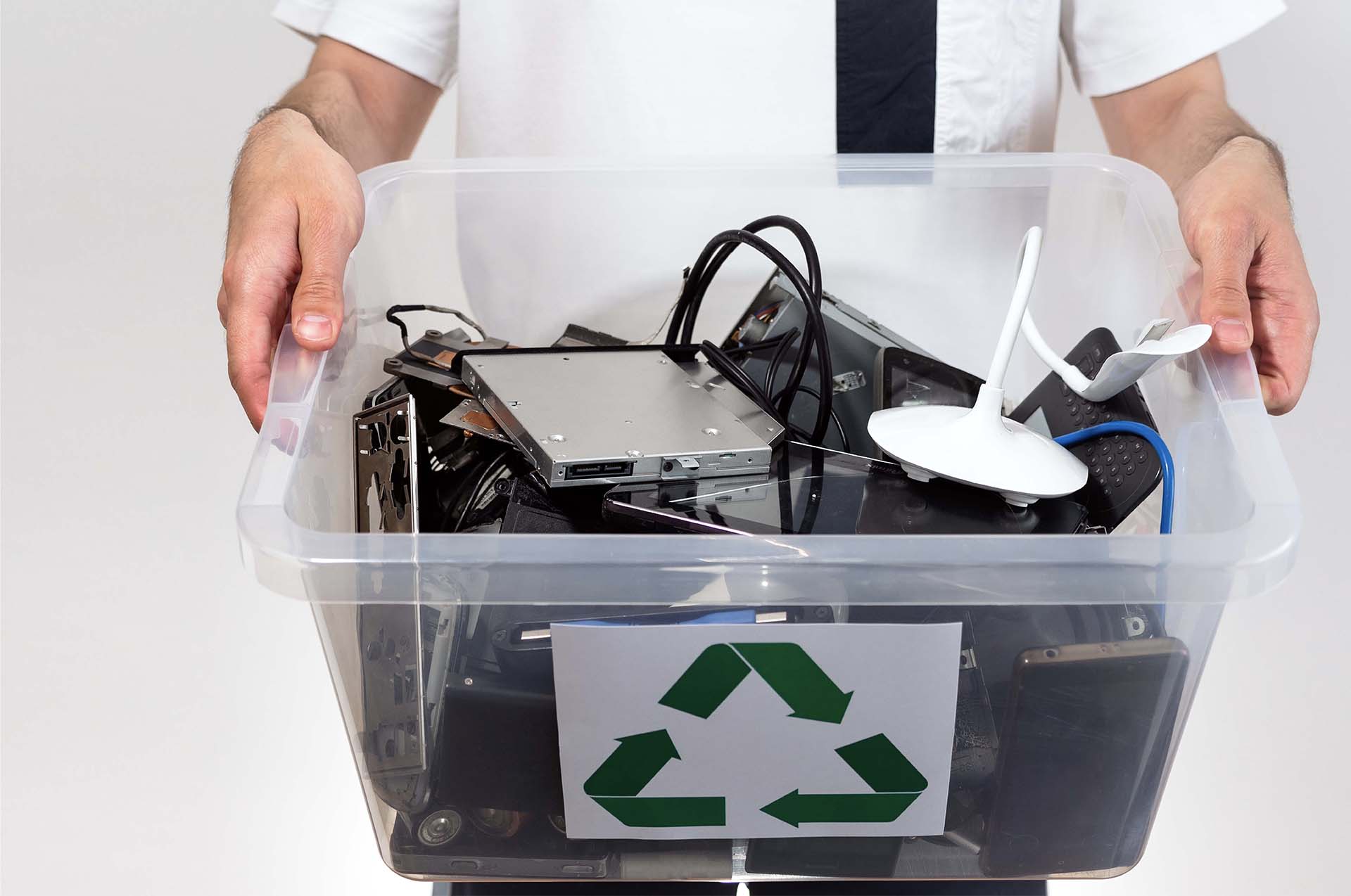The 7-Second Trick For Recycling Lives Services
The 7-Second Trick For Recycling Lives Services
Blog Article
Get This Report on Recycling Lives Services
Table of ContentsFacts About Recycling Lives Services RevealedThe Ultimate Guide To Recycling Lives ServicesAn Unbiased View of Recycling Lives ServicesThe 8-Second Trick For Recycling Lives Services3 Simple Techniques For Recycling Lives Services

Additionally, all Oxfordshire regional authorities accept vapes and e-cigarettes as a different kerbside collection. How they are accumulated in each location differs somewhat; check you have the right details for your area.
Mobile batteries the kind you find in small handheld gadgets can likewise be reused at the kerbside yet not inside any of your containers. Larger stores that sell batteries likewise have collection points for recycling old batteries.
Recycling Lives Services for Dummies
Older-style filament or halogen light bulbs can be dealt with in your general rubbish container in the house. Some do it yourself stores also have collection points for light bulbs. Tiny electrical things (small enough to suit a provider bag) can be reused at our waste recycling centres or at the kerbside. recycling lives skips.

The Single Strategy To Use For Recycling Lives Services
Electric products are broken down right into different pasts so that the various products they are composed of can be eliminated and recycled. Waste reusing centres are for use by householders only and can not approve waste from business resources. Nevertheless, little companies and investors have a duty of care under this plan, which suggests they likewise have to follow the WEEE regulations.
E-waste, electronic waste, e-scrap and end-of-life electronic devices are terms typically made use of to explain used electronics that are nearing completion of their useful life, and are discarded, given away or offered to a recycler. The UN specifies e-waste as any type of discarded products with a battery or plug, and includes poisonous and hazardous materials such as mercury, that can pose severe threat to human and environmental health.
The Facts About Recycling Lives Services Revealed
Just 17.4% of this electronic waste, containing a blend of dangerous compounds and priceless products, will be videotaped as being properly accumulated, treated and reused - https://filesharingtalk.com/members/602446-rcyclng1vssvc. Numerous campaigns are taken on to tackle this expanding issue, however none of them can be completely effective without the active role and proper education and learning of customers

Mining discarded electronics creates 80% less discharges of carbon dioxide per unit of gold contrasted with mining it from the ground. In 2015, the removal of basic materials made this link up 7% of the globe's power consumption. This indicates that relocating in the direction of using more secondary basic materials in electronic goods might aid substantially in getting to the targets established out in the Paris Agreement on environment modification.
The 9-Second Trick For Recycling Lives Services
When the carbon dioxide released over a tool's lifetime is considered, it predominantly happens during production, prior to customers get an item. This makes lower carbon processes and inputs at the manufacturing stage (such as use recycled raw materials) and product lifetime key determinants of overall ecological impact.
Also in the EU, which leads the globe in e-waste recycling, just 35% of e-waste is officially reported as properly accumulated and recycled. Around the world, the standard is 20%; the remaining 80% is undocumented, with much winding up buried under the ground for centuries as landfill. E-waste is not eco-friendly. The absence of reusing considers greatly on the global digital industry and as gadgets end up being much more many, smaller sized and extra complicated, the concern rises.
The remaining mass of e-waste mainly plastics laced with steels and chemicals postures a much more intractable issue. A new vision for the manufacturing and intake of electronic and electrical goods is required. It is simple for e-waste to be mounted as a post-consumer issue, however the problem encompasses the lifecycle of the gadgets every person utilizes.
Report this page